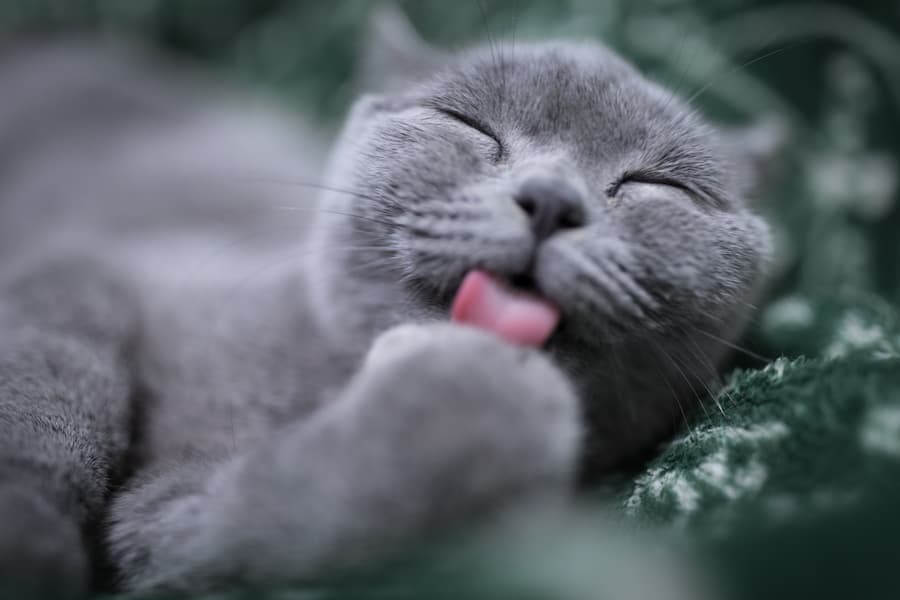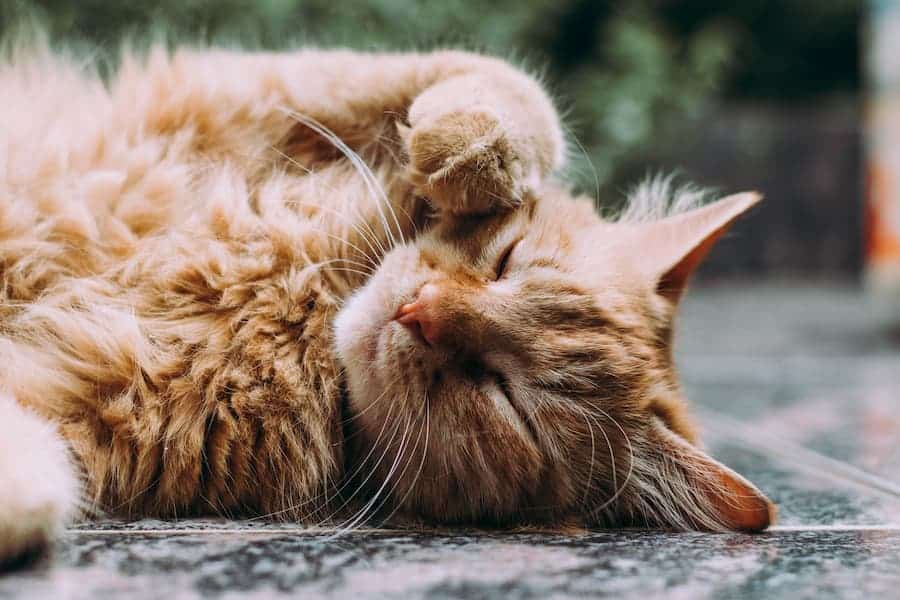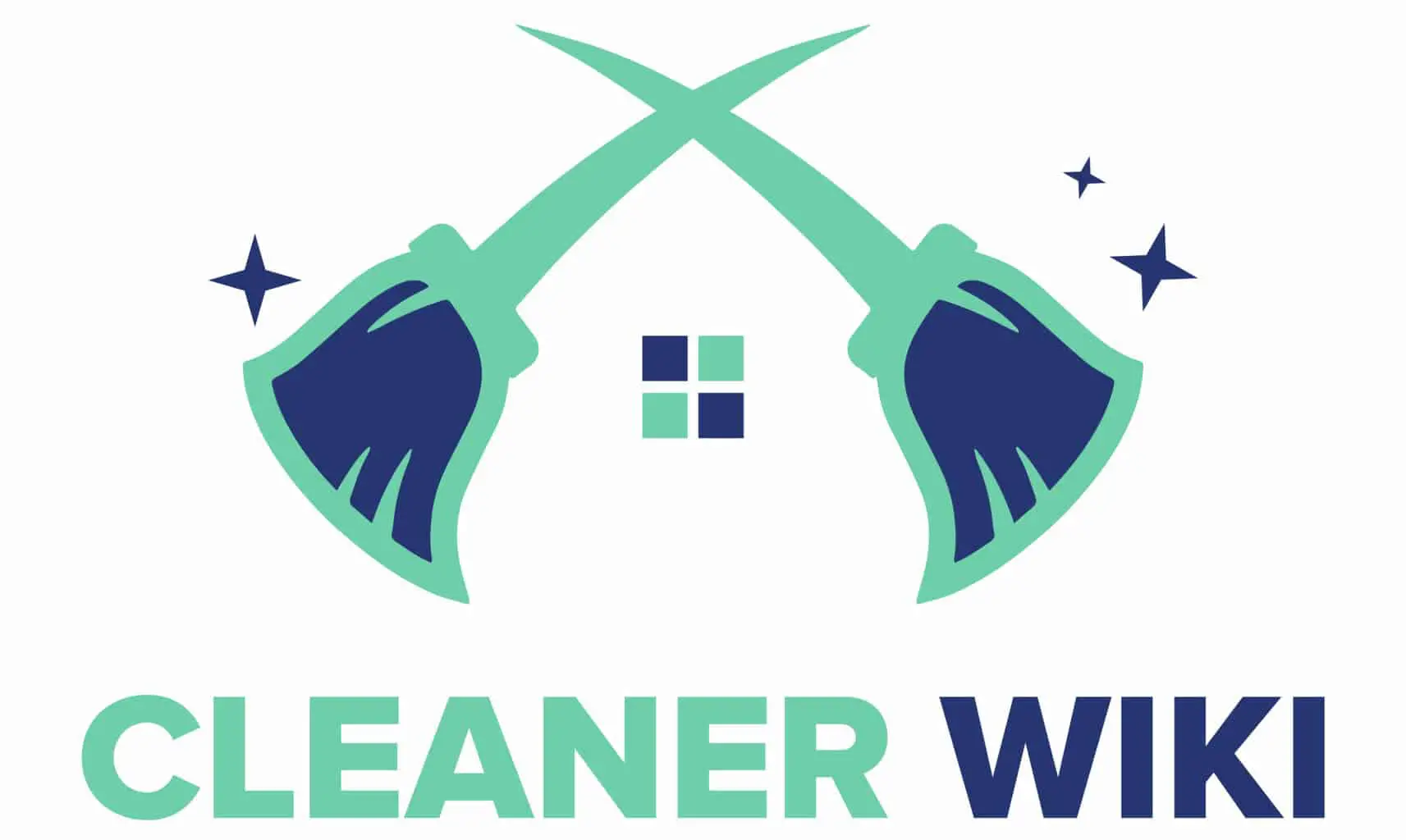As an Amazon Associate we earn from qualifying purchases.
As much as keeping your cat clean at all times is something any pet owner would appreciate, it is no secret that these animals hate getting wet. Some may be comfortable with getting submerged in the water, but that’s a rare case. You are probably wondering how to clean a cat without water.
Contents
How to Clean a Cat Without Water
That doesn’t take away that some cats have hurt their owners by cleaning them with water. Others will run away to avoid a bath. Fortunately, there are various ways of cleaning a cat without water. So, without further ado, let’s discuss the options.

Method 1: Bathing Your Cat Using Wipes
You have most likely used wipes on yourself or baby wipes to clean your child. If my guess is right, then using this method won’t be a whole new thing. However, it would be a mistake to use such wipes on your cat because they might not be effective.
The best choice is to purchase cat wipes instead. They should be vet-approved and once you have them, follow these steps to get your cat clean.
Step 1: Make Sure That the Cat Is Relaxed
Choose a time when your pet is relaxed, and until you confirm it, don’t start cleaning it with the wet wipes. In most cases, cats are usually relaxed after either eating or playing.
These activities bring calmness and contentment to cats, making them relaxed and making cleaning your pet a breeze. On the other hand, if you notice distress or agitation, that’s not a good time for a bath, and you probably won’t love the outcome if you insist.
Step 2: Start Petting the Cat
Once you confirm that the cat is relaxed, proceed to the pet stage. Again, don’t introduce the cat wipes as soon as you start petting them. This step is essential because it makes the transition to using the wipes pretty easy.
You can then start alternating petting the cat with your hands and doing so using your bare hands. Eventually, switch completely to cat wipes.
Step 3: Start Massaging the Cat With Wipes
Once you shift from hands to wipes, change from petting to massaging. The massage ensures that your pet enjoys every second of its bath. Go for long strokes for the even distribution of its natural oils in every inch of its coat.
Cats love massages on some spots, especially behind their ears, but you know your cat better. So give such parts more attention to make the experience even more enjoyable.
Step 4: Ensure That You Don’t Forget Any Part
Some pet owners often ignore parts, especially ears and face, but don’t ignore them for your cat’s sake. That’s because fleas and dirt usually accumulate in areas such as the ears.
Isn’t cleaning your cat about avoiding such scenarios? If a bath doesn’t deal with it, isn’t it fair to say that you clean your cat? Food for thought. Don’t forget the paws, either.
You can also check this short video to know more about cleaning cats without water.
Why Is This a Great Way to Clean a Cat Without Water?
If you use cat wipes to clean your pet, these are some of the benefits.
- Expect little shedding since wipes moisturize its coat.
- It also eliminates excess hair and flakey skin, thus reduces shedding and dander.
- It marks an end to dry skin thanks to its moisturization.
- Additionally, it alleviates itchy skin by soothing the skin.
- Due to their ingredients such as aloe vera and oatmeal, cat wipes condition the skin making it healthy and soft.
- They are always ready for use hence perfect whenever and wherever you deem fit.
- It is effective in removing dirt.
- They have an antibacterial effect that deodorizes and eliminates bacteria.
Method 2: Grooming the Cat Often
Regular grooming is yet another way of cleaning your cat without water. Follow this routine too for it to be effective.

Step 1: Gather All the Necessary Tools
As you choose grooming tools, choose the right ones to not jeopardize its coat health in the name of cleaning it. Regardless of whether the cat has long hair or short hair, use a pin brush.
Thinning shears and a de-matter are perfect in eliminating knots and tangles common in long-haired cats. Not all cats love brushing, and if that description matches your cat, you can go for grooming gloves instead. They eliminate loose hair easily.
Step 2: Conduct Brushing Often
That’s important since it helps distribute essential oils from the skin to every part of the coat. If your cat is short-haired, use a pin brush to brush it weekly. Its long-haired counterpart needs to be brushed daily using a wide-tooth brush.
Regardless, the brushing should be pretty gentle, especially around its belly and chest.
Step 3: Handle the Mats
When mats develop on the cat’s fur, you need to untangle them. As much as people often go for scissors, the recommended tools are clippers or de-matter. Since a de-matter has long prongs, it easily teases those knots out.
On the other hand, clippers are suitable for cutting out tangles easily and, above all, safely. While at it, caution and gentleness are important, or you will damage the cat in the end.
Step 3: Clean the Ears
It is advisable to use ear cleaning liquid instead of water. Ask for the assistance of a veterinarian before buying one to ensure that you take home something effective and safe.
Once you have the right cleaning liquid, use a cotton swab to apply it to the cat’s pinna. That’s it because you have to leave it to dry or evaporate, and there’s nothing for you to do about that.
Why Is This a Great Way to Clean a Cat Without Water?
The advantages of this method include:
- It saves you time
- It means having a dry bath
- Waterless shampoo is a great traveling companion
- They are ideal for various skin conditions

Method 3: Cleaning Your Cat With Waterless Leave-in Shampoo
Waterless shampoos are also referred to as dry shampoos. They do quite a lot, including removing excess sebum and dirt as well as deodorizing the cat. If you choose this method, follow these steps.
Step 1: Choose a Waterless Shampoo
Before you can even start using the shampoo, you have to make a tough choice. You have three types to choose from, including powder, sprays, and foams. Spray shampoos often frighten cats hence less popular.
Powder shampoos can whiten their fur due to the excess powder, but a brush will remove it easily. Foams require drying after use. Select the type that works best for you and the cat.
Regardless of the type, choose a high-quality waterless shampoo for great results. Ensure that all the ingredients are safe. Ask for your vet to recommend one since they have the expertise to do so.
Step 2: Apply the Waterless Shampoo on Your Cat
Ensure that you follow the guide well when applying the shampoo. Massage the cat after applying to ensure that it penetrates the fur and reaches the skin. It also promotes even distribution throughout the coat.
Equally important, massaging keeps the cat content and calm, making grooming easy.
Step 3: Brush the Cat
Once all is done, use your fingers to get rid of the excess foam. After that, make sure that you clean your hands thoroughly. After that, brush your pet using a pin brush to remove any excess shampoo. You don’t have to rinse the cat.
Why Is This a Great Way to Clean a Cat Without Water?
These are the benefits of this method:
- It helps groom areas hard to reach when using other methods
- It is perfect for bonding
- Glooming also allows you to examine your pet

Frequently Asked Questions
When Should You Not Use Cat Wipes?
Naturally, a cat has a way of cleaning itself by licking its fur with saliva. That’s why you shouldn’t use it daily. Doing so has dire consequences, including skin complications and dry skin. If you do notice a wound in your cat, make sure to attend to it instantly.
How Do You Deodorize a Cat?
Besides cleaning, it is also essential to deodorize your cat. Some methods, such as using waterless shampoo and cat wipes, often have a deodorizing effect. However, if that’s not an option, there are other alternatives. For example, you can buy a cat deodorant or use baking soda, which you can also use in cleaning brick floors.
Conclusion
Cleaning a cat doesn’t require your water, and your pet will appreciate it because they don’t like being submerged in water. You can choose among several methods based on what works best for you and your cat. The choice lies on your hands, from simple brushing to using a waterless cat shampoo to using cat wipes. A clean cat is a happy one, and that’s what every pet owner aims for.
